 |
In the mid-1970s, inspired by Donald Judd’s minimalist stacked boxes, Gerhard Richter’s painted color swatches and John McCracken’s audacious colored planks, I resolved to apply my experience of having seen their works to a project that is entirely photographic. It occurred to me to photograph commercial paint samples. I selected, cut up, and reassembled color chips from the Treasure Tones paint store to make images derived from themes reminiscent of sentimental Pictorialist photography from the turn of the 20th Century. Like the Pictorialists’ photographs, these pieces are inspired by painting, and in the most literal sense, they are photographs of paint. |
Click the photographs |
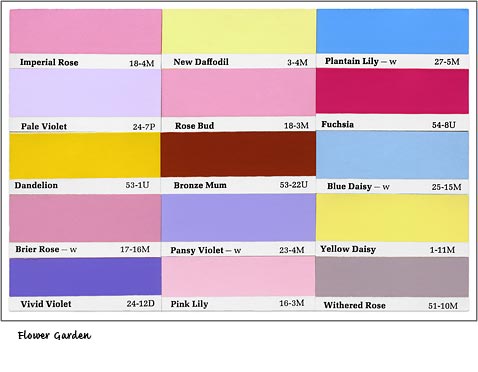
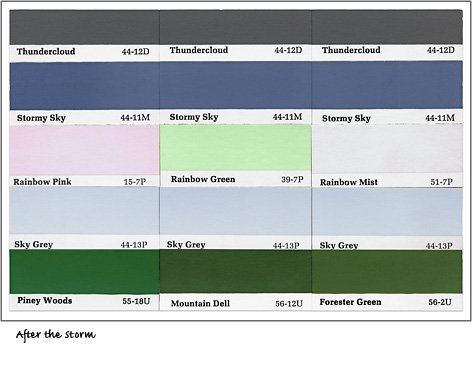
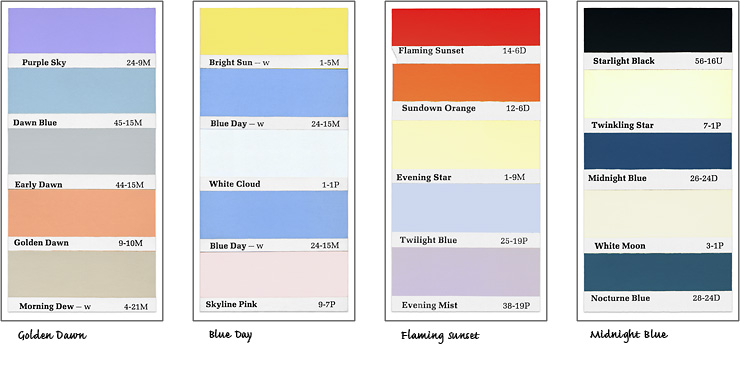
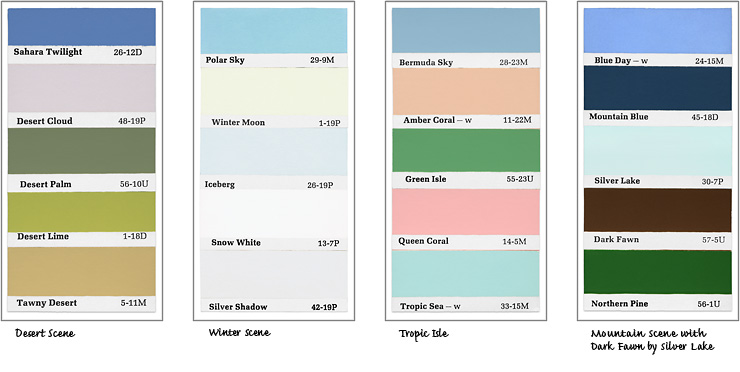
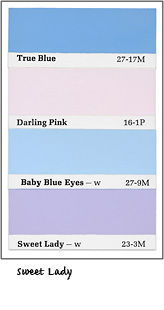
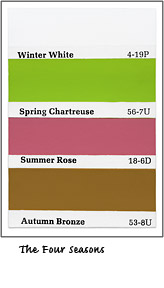
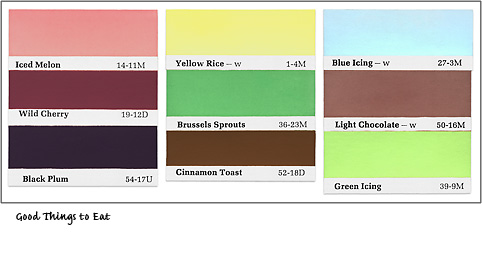
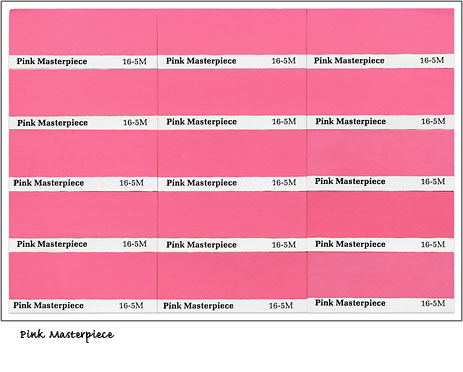
I made the first version of Treasure Tones in 1975 as a set of 3¼"×4¼" Polaroids. The Polaroid version of Flower Garden was reproduced and discussed in Jonathan Green’s critical history, American Photography 1945 to the Present, and the Polaroid Pink Masterpiece was reproduced as the poster image for the Visual Studies Workshop's traveling exhibition, Visual Articulation of Idea Through Photography. In 1984 I rephotographed the original paint samples to make a set of Kodak Ektaflex prints that were exhibited at the Museum of Photographic Arts, San Diego. In 1989 I reprinted several Treasure Tones as Kodak Duraflex prints. The Duraflex version of Flower Garden was exhibited and reproduced in the the catalogs of William Ewing's Flora Photographica and Hans-Michael Herzog's Blumenstücek Kunststücke. In 2010 I scanned the original paint samples to make a set of digital-pigment prints ranging in size from 16"×24" to 24"×36". Computer processing now gives me the color control I need to make these pieces look the way I’d always wanted.